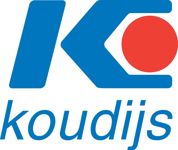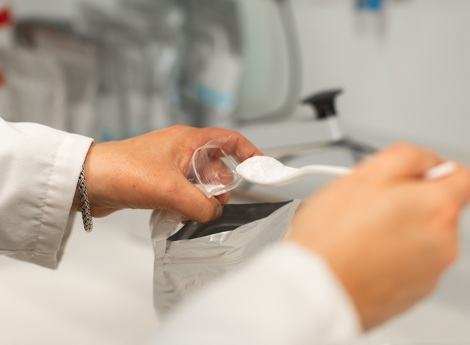Mycotoxin Analysis: an Update

Marko Schuring
Manager Technical Support
There are many ways to conduct mycotoxin analysis. There's a whole range of tests available in the market, ranging from quick tests based on Elisa to complicated laboratory tests like liquid chromatography-mass spectrophotometry (LC-MS).

In general, faster (on-farm) tests are cheaper and less accurate than laboratory tests. On the other hand, a test like LC-MS is much more time-consuming and expensive. Last year our laboratory decided to test a machine from Foss, the Mycofoss, because it's supposed to be fast and very precise.
To do this, we asked our customers to send us samples of barley, wheat and corn so we could analyse them and further develop the test.
Principle of the Mycofoss
The Mycofoss analysis is based on a bead-based flow cytometric immunoassay. The whole analysis is based on the extent to which mycotoxins in the feed bind to antibodies compared to a standard (markers) leading to a different number of markers bound to the antibodies and correlating to the amount of mycotoxin in the feed. Currently, the Mycofoss can analyse all major mycotoxins (Afla, Don, Ochra, Zea, T2, FUM) in corn, wheat and barley. Results are available after just eight minutes and at a very low price.
Validation
In order to check whether the results using the Mycofoss are accurate and precise, our laboratory participated in a ring test organised by the renowned institute Trilogy. Over 50 laboratories participated in this ring test, by far the majority of which used the LC-MS methodology to analyse the standardised samples of corn, wheat and barley. The results are presented in table 1.

Z-scores represent to what extent the results deviate from the overall average. When the Z-score is between -1 and +1 it means that our results deviate less then 1x the standard deviation (SD) of the overall average within a raw material. When the Z-score is + or – 2, it means the result deviates 2x the SD from the average and corrective measurements should be taken in the test methodology. When Z-scores are +/- 3 there is a big problem and results are not representative of the actual value. When the result is positive it means that the Mycofoss analysis gives values higher than the average and vice versa.
Results and Conclusions
As can be seen from table 1 the results are basically the same (Z-score < -/+1) for most of the mycotoxins in the three cereals tested and very comparable to the LC-MS results for a few mycotoxins (Z-score < +/-2). The Z-score is also sometimes positive and sometimes negative, meaning that there is no structural over- or underestimation of the amount of mycotoxin present in the sample.
What does this mean for you?
This means that at Koudijs, we now have a test available in our laboratory which enables you to get a very accurate result within two working days at very low cost. So you can act a lot faster and take appropriate action if necessary. If you would like to make use of this expertise please contact your Koudijs contact.



